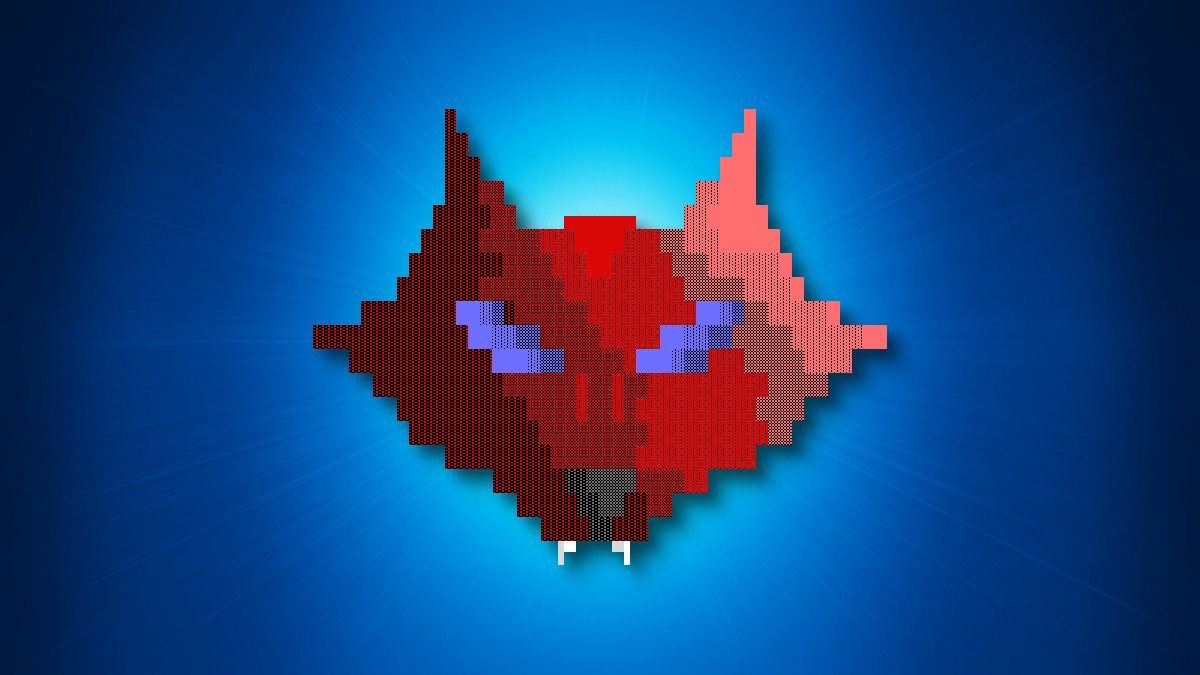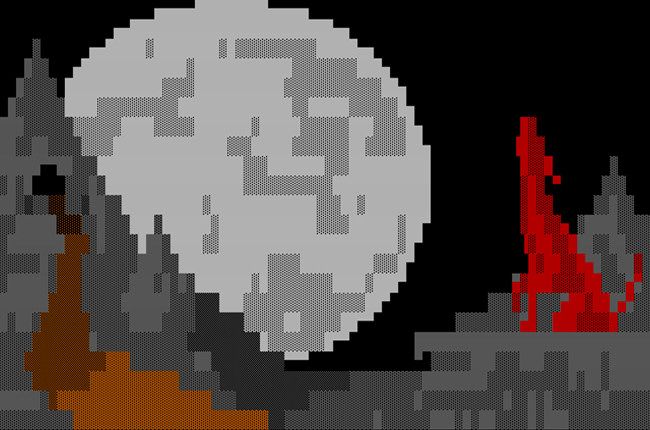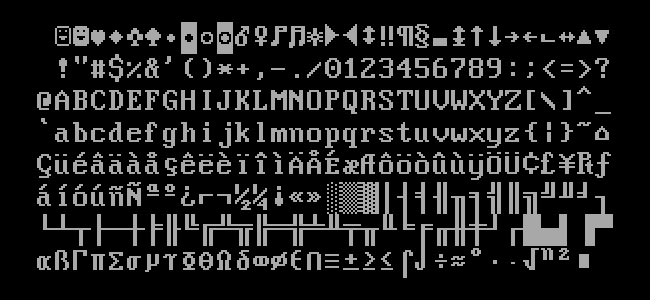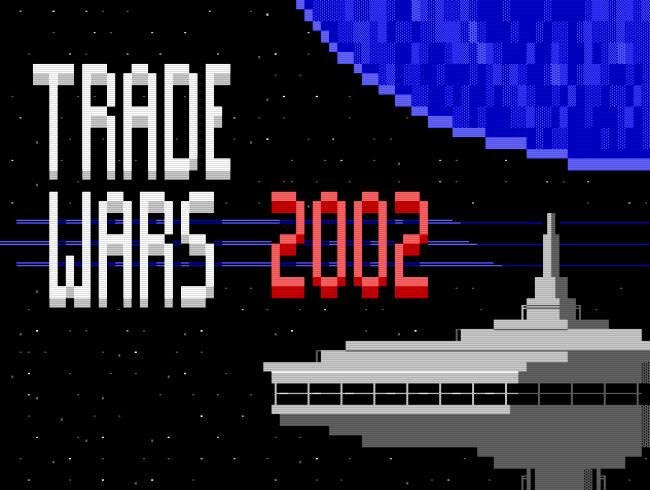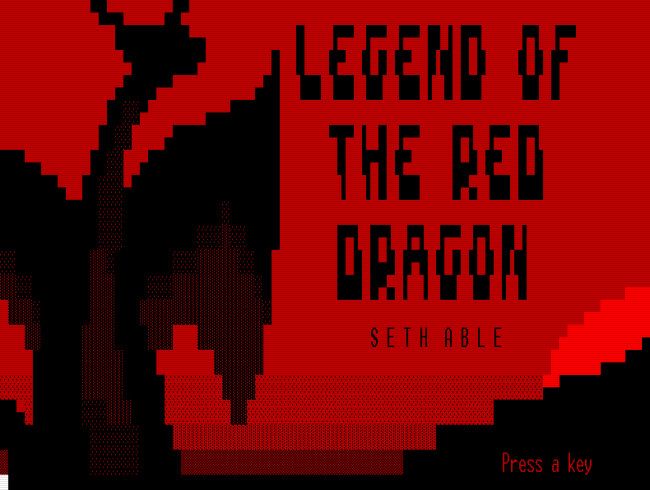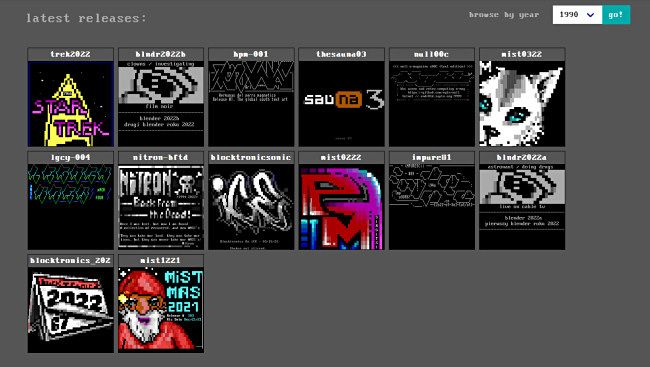During the age of the dial-up BBS, a special style of digital illustration emerged that utilized 256 text characters and 16 colors to create a vivid array of artworks. Here's a look at why ANSI art emerged and how it still serves as a unique hallmark of early online culture.
What Is ANSI Art?
In the days before home internet hit the mainstream, a different electronic medium called bulletin board systems (BBSes) provided the online gateway to chatting with other computer owners, exchanging files, and even playing games.
To connect to a BBS during the golden era, you needed a personal computer, a dial-up modem, a telephone line, and a text-based terminal emulation program. Terminal emulators (such as Procomm Plus) on the IBM PC) could only display 16-color text and ASCII characters---no bitmapped graphics. This limitation was handed down from the teletype days, where special codes transmitted in a serial fashion represented different letters on a page. As terminals got more sophisticated (including the use of video screens instead of paper), manufacturers added new ways of controlling the text output, including positioning the cursor anywhere on the screen or switching between styles of text.
ANSI art is a special type of computer art that originated on the IBM PC in the 1980s and was used primarily as a way to provide colorful digital illustrations for text-based BBSes. The ANSI art palette consists of the 256 characters present in the IBM PC "extended ASCII" character set (also called Code page 437.) In particular, Code Page 437 allowed a new dimension in text-based art due to its block characters (that could be used similarly to pixels,) gradient blocks for shading effects, and special single-width and double-width lines for drawing boxes and menus.
ANSI artworks can utilize 16 foreground and 8 background colors as defined by ANSI.SYS in MS-DOS. ANSI art relies on special terminal control sequences called "escape codes" (a form of those terminal control codes we mentioned earlier), and that's where the "ANSI" part really comes in.
ANSI stands for "American National Standards Institute," which is an organization that maintains standards in the United States. ANSI art gets its name from its use of ANSI escape codes defined by the ANSI X3.64 standard adopted in 1979. These escape codes provide a text-based way to send control codes to a text-based terminal to change colors, position the cursor anywhere on the screen, and more. That cursor control ability also allows ANSI artists to create animations and fancy animated effects such as spinning cursors at BBS command prompts.
ANSI art was the latest in a long tradition of text-based character art practiced as ASCII art on BBSes and teletypes before the IBM PC---and even on typewriters for almost 100 years prior to the PC era.
Why Did People Use ANSI Art?
Without any other graphical capabilities to fall back on, many PC-based BBSes utilized ANSI art as decoration and embellishment that added personality to their systems. And BBS callers sometimes traded or collected ANSI artworks (with the file extension .ANS) for fun.
Also, BBS door games (such as TradeWars 2002 and Legend of the Red Dragon, for example) used ANSI art for title screens and colorful illustrations that added atmosphere to the game experience.
To create ANSI art, people often used a special program called an ANSI editor. The earliest known specialized ANSI editor was ANSIdraw, released around 1985. The following year, Ian Davis released TheDraw, which became the most popular ANSI art editor for many years. Later, dedicated ANSI artists switched to more sophisticated programs such as ACiDDraw and PabloDraw, which is currently maintained today.
Once ANSI became a popular art form on BBSes, it didn't take long before a dedicated ANSI art community sprung up. Different groups such as ACiD Productions (originally short for "ANSI Creators In Demand") and iCE ("Insane Creator Enterprises") would gather the best art from a group of artists and distribute them regularly in "art packs" (compressed files full of ANSIs) that were traded on BBSes.
What Happened to ANSI Art?
In the mid-1990s, the rise of the graphical web made serial terminal text-based communications seem obsolete. The graphical web could show bitmapped images, different high-resolution fonts, and could be interacted with using a mouse in a modern graphical user interface (GUI.) In contrast, the terminal-like experience on a BBS was largely a vestige of an earlier age before the GUI.
Once the internet came along, BBS usage dropped dramatically in the mid-to-late 1990s, making ANSI art less necessary. Also, around that time, Windows became widely adopted in the PC world, and most of the fonts did not include the special "extended ASCII" characters of Code Page 437 that made ANSI art work. So even if you called a BBS in a terminal emulator running under Windows, the fonts would typically not render ANSI art properly. Also, proportional fonts (with variable spacing) made both ANSI and ASCII art break, since they relied on fixed-width fonts to work properly.
Still, while ANSI art died back dramatically in the early 2000s (and some ANSI artists transitioned to bitmapped art released as JPEGs), a resurgence in BBS nostalgia has brought the art from back from the edge over the past 15 years. Today, some die-hard ANSI artists still create ANSI art both for modern BBSes and for viewing on the web thanks to special websites.
In fact, if you'd like to view ANSI art today, you can view extensive archives at both 16color.rs and Artpacks.org. Both sites let you view ANSI art as graphical images in your browser with no need to any special software. If you want to view ASCII art, ASCIIart.edu has you covered. Have fun!

